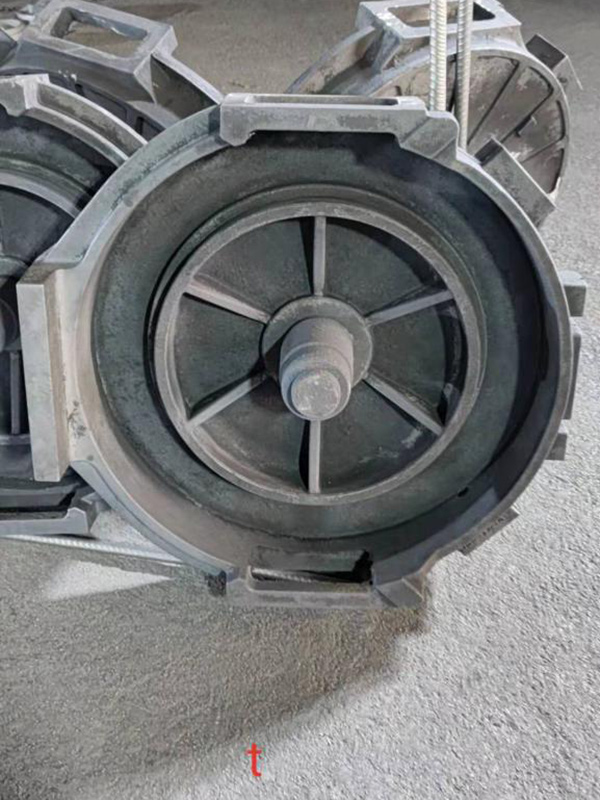Wet Sanding Resin A Guide to Achieving a Flawless Finish
Wet sanding is a popular technique among craftsmen and hobbyists alike, particularly when working with resin materials. This method not only helps achieve an ultra-smooth finish but also minimizes dust and reduces the risk of damaging the resin surface. In this article, we will explore the fundamentals of wet sanding resin, its benefits, and some tips to perform the technique effectively.
Understanding Wet Sanding
Wet sanding involves using sandpaper that is lubricated with water, which serves multiple purposes. First and foremost, the water acts as a coolant, preventing the resin from heating up and potentially warping during the sanding process. Additionally, the lubrication helps to flush away debris and reduce friction, which can lead to scratches on the surface. This technique is particularly beneficial when working with resin, as it tends to be more forgiving than dry sanding.
The Benefits of Wet Sanding Resin
1. Smoother Finish Wet sanding significantly reduces the likelihood of creating scratches or swirl marks in the resin. The combination of water and sandpaper allows for a finer finish, making it ideal for creating a polished look on resin art pieces, jewelry, or other crafts.
2. Dust-Free Environment One of the most frustrating aspects of sanding is the dust it creates. Wet sanding mitigates this issue by keeping the sanding debris suspended in water. This not only keeps your workspace cleaner but also improves visibility, allowing you to see your work better as you sand.
3. Removes Imperfections If your resin piece has imperfections like bubbles, bumps, or uneven areas, wet sanding can effectively smooth these out. By starting with a coarser grit and gradually moving to finer grits, you can refine the surface and remove any unwanted flaws.
How to Wet Sand Resin
Materials Needed
wet sanding resin

- Wet/dry sandpaper (various grits, typically ranging from 400 to 2000) - A container of water - A sponge or cotton cloth - A sanding block (optional) - A clear coat or polishing compound (optional)
Steps to Follow
1. Prepare Your Workspace Set up a clean, flat work area where you can comfortably sand your resin piece. Fill a container with water – you may also add a drop of dish soap to help lubricate the sandpaper further.
2. Start with Coarser Grit Begin with a coarser grit sandpaper (around 400) to remove major imperfections. Keep the sandpaper wet by dipping it in water frequently. Use gentle, circular motions to ensure even sanding.
3. Progress to Finer Grits Once the major flaws are gone, switch to a finer grit (800, 1000, etc.) to achieve a smoother finish. Repeat the wet sanding process, ensuring that you keep the surface wet to minimize scratches.
4. Final Polish After reaching a satisfied level of smoothness with the finer grit, you may choose to apply a polishing compound or a clear coat to enhance shine and protection.
5. Clean Up After finishing, clean your workspace and rinse any remaining debris from your resin piece.
Conclusion
Wet sanding resin is an essential technique for anyone looking to enhance the appearance of resin-based projects. By taking the time to wet sand, you can achieve a flawless finish that showcases your creativity and craftsmanship. With the right materials and techniques, anyone can master this method and elevate their resin art to the next level. Happy sanding!
Post time:Aug . 17, 2024 04:52
Next:Applications and Benefits of Resin Bound Sand in Modern Construction Projects
